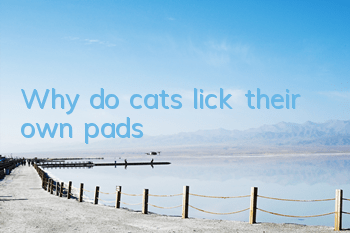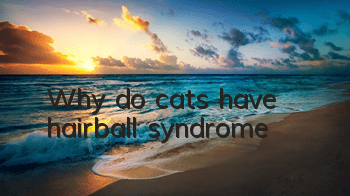When supplementing nutrition for Shiba Inu, you can’t just feed a single dog food. You can add some highly nutritious food to the dog food, especially those with high protein content. For example, egg yolks, chicken breasts, beef, fish, vegetables, fruits, etc. are all acceptable.
In addition, when feeding, pay attention to the salt content and do not give Shiba Inu food that is too salty. Because the Shiba Inu does not have sweat glands, the salt is difficult to excrete, which will cause a burden on the Shiba Inu itself, and will eventually be directly reflected on the hair. Therefore, owners can replace the dog food at home with low-salinity ecological food.
In addition to feeding healthy and nutritious food to the Shiba Inu, it is also necessary to match it with some related pet hair-beautifying nutrients, such as lecithin. There are many such nutritional products on the market, and many of them are adulterated, especially the so-called imported brands. If when purchasing imported products, the merchant cannot provide a series of customs declaration procedures, then the owner needs to be cautious. In order to reduce the chance of being deceived, the owner can choose some products with good reputation.
There are many benefits to basking in the sun, and the color of your Shiba Inu’s coat is one of them. In this regard, it is recommended that the owner take it out for a walk every day from 8 am to 10 am and from 5 pm to 6 pm, for about an hour every day. During the stroll, the owner can also interact with it appropriately and let it perform appropriate exercises to promote blood circulation throughout the body and allow better nutrition absorption. In this way, the hair will recover faster.








